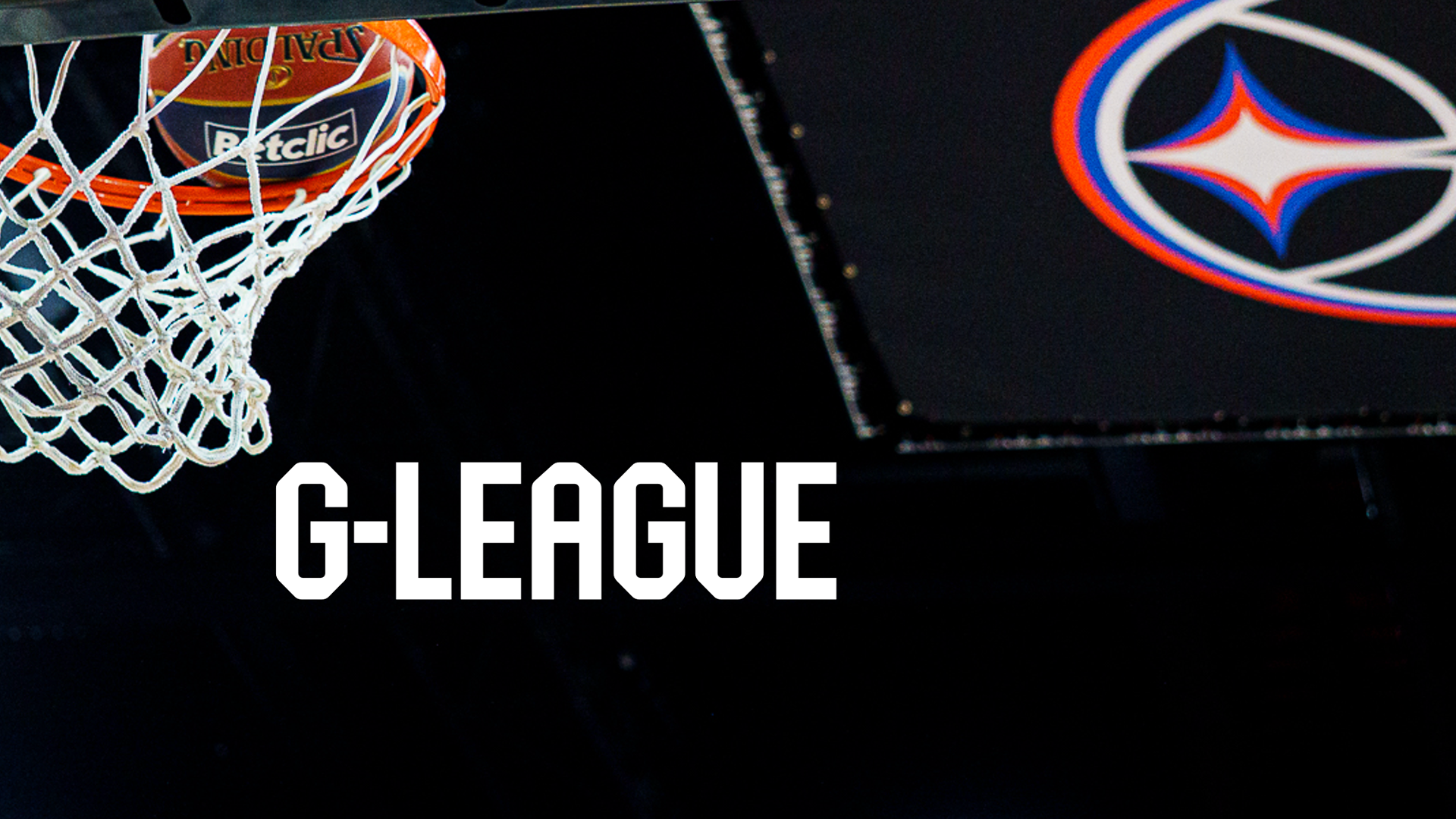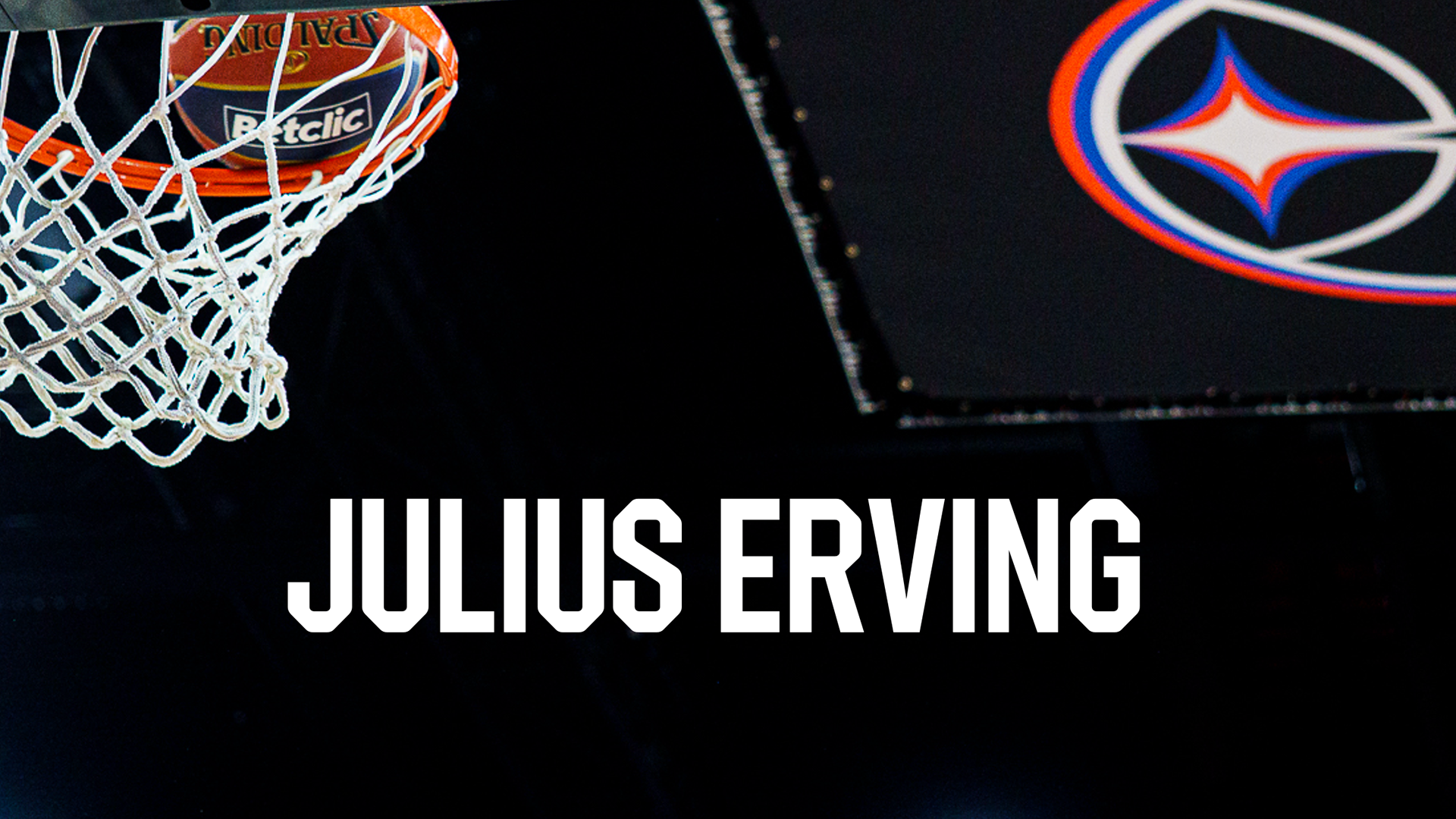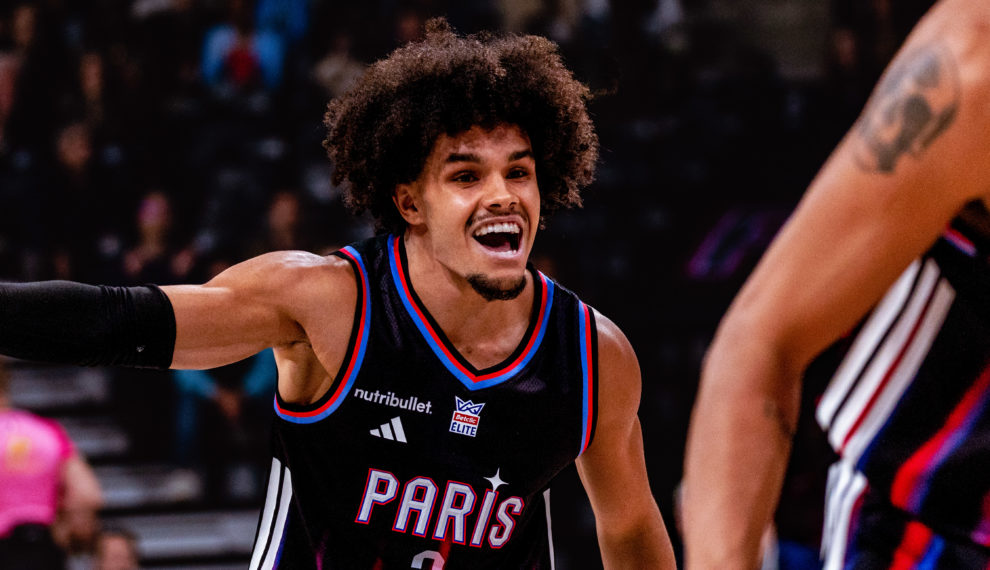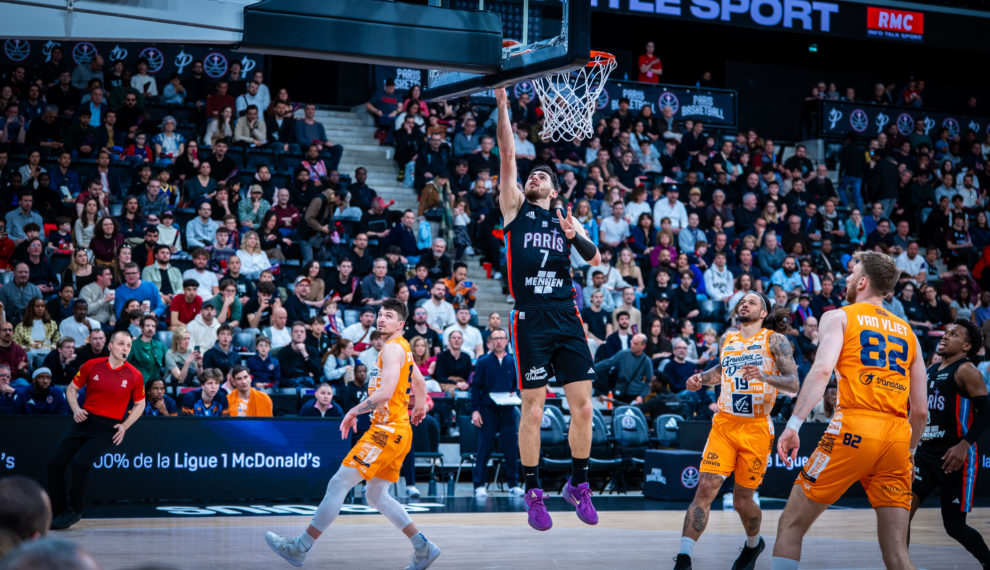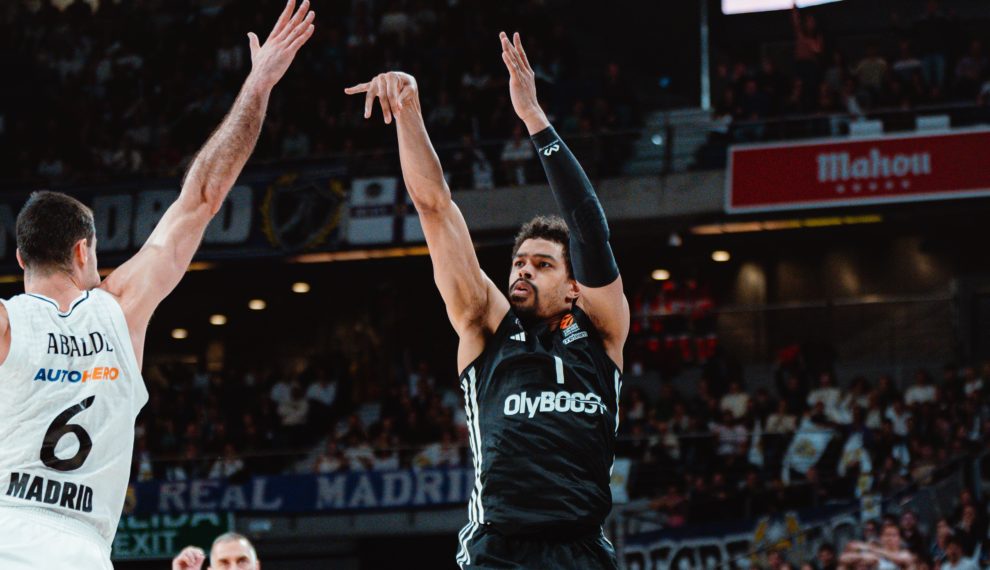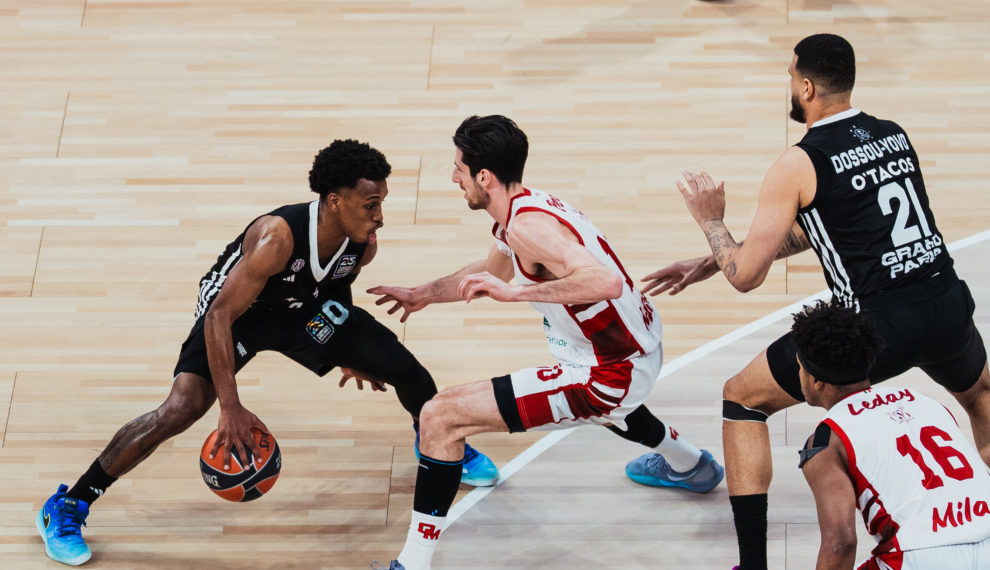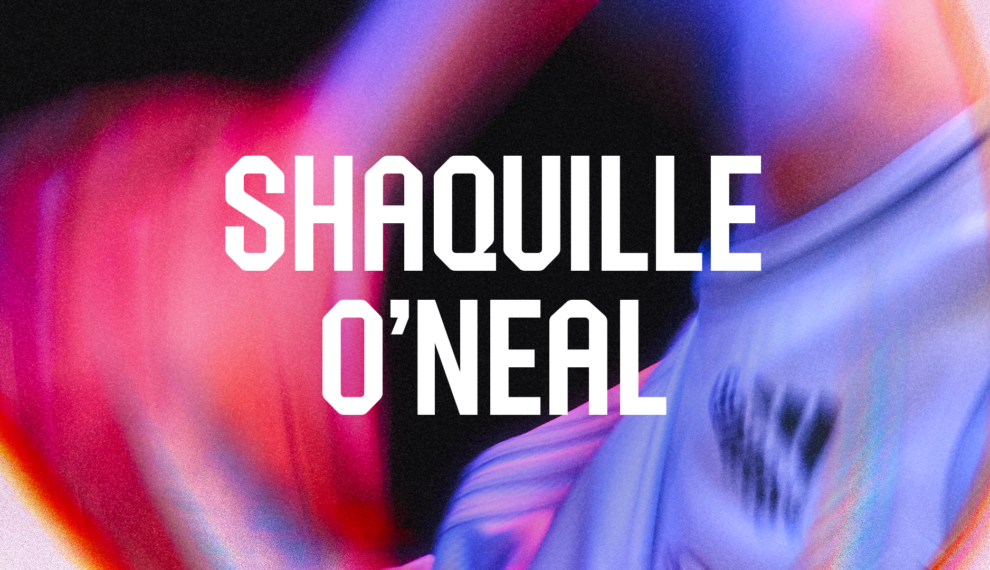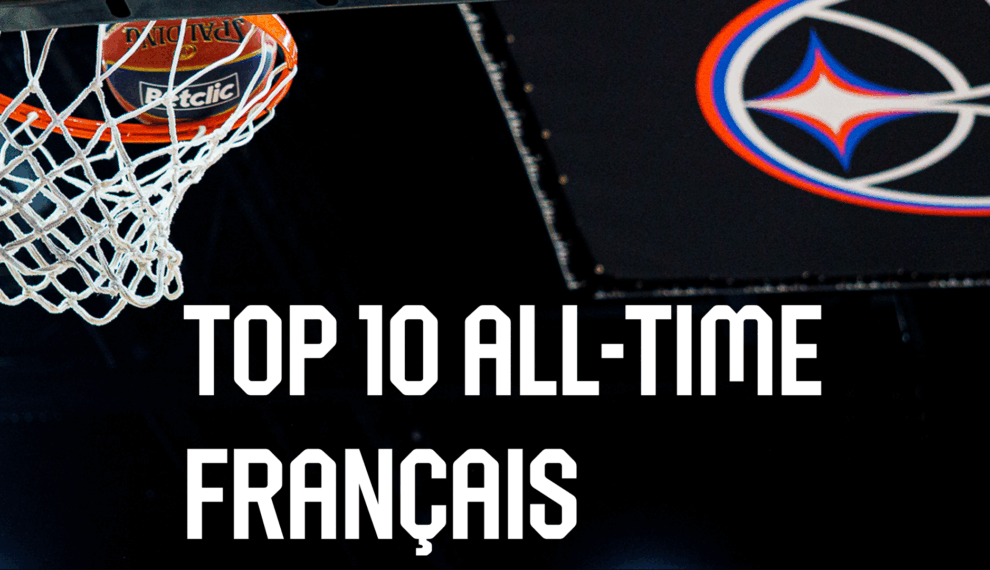
Magic Johnson : When magic and basketball become one
A phenomenon. When Magic Johnson finished his two years at Michigan State University playing for the Spartans, the basketball world was waiting for one thing: to see him take to the court in the big league. An outstanding scorer, a genius passer, with a vision of the game that defied belief, Magic lived up to his name and showed the NBA that the real magic was only just beginning. Drafted first overall by the Lakers by a certain Kareem Abdul-Jabbar in 1979, Magic Johnson arrived with the daunting task of continuing the Gold & Purple legacy. But even though expectations for Magic Johnson were high, fans did not yet seem to realise that the number 32 would become one of the most iconic numbers in the entire league.
💥A stratospheric debut
In his first year in the big league, Magic Johnson broke all records: averaging 18 points and 7.1 assists, he was named Rookie of the Year and selected for the All-Star Game… An XXL performance. He became the first rookie to be honoured with an All-Star selection since 1969. But it didn’t stop there. Led by Kareem Abdul-Jabbar, the iconic star of the Lakers in the 1970s and 1980s, the Lakers reached the playoffs as leaders of the Western Conference, earning them a direct spot in the conference semi-finals, where they crushed the Phoenix Suns. During this series, Magic became only the third rookie in history to achieve a triple-double (scoring 10 points in three different statistical categories).
It was a spectacular season, culminating in a thrilling NBA Finals series against Julius Erving’s Philadelphia Sixers, with Game 6 still considered one of the craziest games in basketball history. Injured in the previous game, Kareem Abdul-Jabbar did not take part in the match, so it was up to Magic to replace him at centre, and he produced some MON-STROUS statistics: 42 points, 15 rebounds and 7 assists. It was a legendary game that saw the Angelinos clinch their seventh title, the first of a (very) long list for Magic, as well as his first Finals MVP trophy… What could be more logical for a rookie, you might ask?
🫀A career made of gold and purple
If we had to associate Magic Johnson with one word in the English language? Loyalty. Without a doubt. For nearly 10 years,
Magic wore only one uniform, and not just any uniform: that of the Lakers. A franchise where the pressure of legacy is felt, but not for Magic Johnson. Even after his first retirement from sport in 1991, caused by the human immunodeficiency virus, resulting in HIV positivity, Magic returned four years later, still wearing the same colours. His love for his franchise was not so common at the time.
⭐ The soul of a giant
After being diagnosed with HIV, Magic decided to fight back. And on the eve of the 1992 Olympic Games in Barcelona, the Lansing, Michigan native was called up to join Team USA, or rather… the Dream Team. Michael Jordan, Charles Barkley, Larry Bird, Scottie Pippen: all the greatest legends of basketball were set to defend their country’s colours. So why not Magic? Even though he was past his prime, he accepted a first and last dance with his national team, despite criticism. Before the competition began, Australia, or more specifically their centre Ray Borner, declared that he would not play in the match if Magic took part, and doubts began to emerge within the American team itself. Nevertheless, Magic never backed down. It was a decision that paid off, as he went on to win Olympic gold in a tournament where the USA dominated the rest of the world.
An atypical and revolutionary style
Magic Johnson was not the most impressive player on the court, but his stature was impressive. A 2.06 m point guard (yes, that’s very tall for a point guard) weighing 100 kg, Magic was a pioneer. His atypical size for his position helped basketball develop. Better still, his style revolutionised the game. Dominant on the rebound, a once-in-a-lifetime passer, a born scorer who could score points from anywhere on the court, Magic had all the characteristics of a dominant player, but was born at the wrong time… which was his greatest asset.
The art of passing, his greatest magic trick 🪄
In an NBA focused on play in the paint, his arrival with the Lakers was a godsend for the Angelinos’ offence. Imagine facing a 6’9″ man who passes the ball as fast as his shadow, without giving you time to react… Horrible, right? Worse! In the paint, there is a player who is impossible to stop because his signature move is so well executed that it cannot be defended. A real nightmare, isn’t it? Well, that’s what all NBA defenders experienced in the 1980s. With Kareem Abdul-Jabbar inside, Los Angeles’ inside-outside connection left their direct competitors for the title with no chance. Magic’s dexterity, impressive given his physique, made him look like one of the smallest players on the court. But when he entered the paint, his size took over, allowing him to find passing angles that only he could find. See the ball? Now you don’t… boom, 3 points. Brutal. So imagine that for 10 years… Really not cool.
A point guard 2.0🤖
A UFO. No, we’re not talking about Victor Wembanyama, although he would have seemed like a real alien at the time. For the 1980s, Magic’s profile was anything but conventional. No one had ever seen such a tall point guard be so skilled. His physical and technical characteristics were rare for the time and helped to democratise basketball in the years that followed. Proof of this can be seen in today’s NBA, where it is not uncommon to see point guards over 1.95 metres tall, even if some still remain below the 1.90 metre mark.
An influence worthy of the greatest
The 1980s and 1990s are considered by many to be the golden age of basketball. This is hardly surprising, given the iconic status of Michael Jordan’s Bulls, the Detroit Pistons and their Bad Boys, the Rockets’ back-to-back titles in 1994/95 with Hakeem Olajuwon and so many others. Well, perhaps the quintessential rivalry in NBA history, the one between the Los Angeles Lakers and the Boston Celtics, headlined by Magic Johnson versus Larry Bird. But beyond this immense rivalry, Magic didn’t just leave his mark on basketball in the big league. He managed to spread his influence everywhere, even travelling across continents to develop the sport.
🥊 Magic Johnson vs Larry Bird, the historic rivalry
Even if you only follow basketball from afar, you’ve probably heard this phrase before: ‘The Celtics versus the Lakers is the number one rivalry in American sports.’ Over the years, many legendary clashes between these two franchises have marked the NBA. If we stick to recent history, we inevitably think of the 2008 and 2010 NBA Finals, where Kobe Bryant, Pau Gasol and the Lakers faced off against the Celtics of Kevin Garnett, accompanied by Rajon Rondo, Paul Pierce and Ray Allen. These were exceptional duels and an explosive rivalry, but it would certainly not have been as intense if the clashes of the 1980s had not taken place.
Because yes, Magic Johnson vs Larry Bird was THE real sporting rivalry of the time. Surely one of the greatest and most beautiful of all time, across all sports. Two players from two rival universities, who found themselves thrust into the spotlight as the designated leaders of the two most successful franchises in history, were the perfect way to restore the NBA’s reputation, which had been tarnished by racism and drug abuse scandals. It was a rivalry that paid off, as the two teams faced each other three times in the NBA Finals, and at least one of the two teams made it to the NBA Finals every year for a decade. This long-distance duel also continued in terms of individual awards: three MVP titles each and five Finals MVP titles between them. Their constant battle over more than a decade helped basketball regain its status as a major sport in the United States.
🦸 To the rescue of women’s basketball
A great player means a big heart. In 2014, Magic retired, but he never gave up his love for his franchise. Proof of this came when the Los Angeles Sparks, the city’s women’s team playing in the WNBA, faced the defection of their owners. Magic Johnson did not hesitate to come to the rescue and buy the franchise through an investment fund of which he is a member. In collaboration with Mark Walter, owner of the Dodgers (L.A.’s baseball team), they took over the franchise, saving the future of women’s basketball in the Los Angeles Bay Area.
🤯 From basketball to Scandinavia, Magic’s crazy gamble
Developing basketball outside the United States was a completely crazy gamble. However, in the 1990s, while our sport was gaining momentum around the world, Northern Europe was struggling to embrace it. In a region dominated by hockey, football and handball, Magic arrived in Sweden and played for Boras Basket, which he renamed Boras M7 Boras, with the aim of developing Swedish basketball. It was a gamble that paid off handsomely. The proof is that he only had to play one small match, but the enthusiasm he generated in the region and across the country was such that he put the lid back on! His remarkable Swedish adventure did not end there, as upon leaving Boras, Magic flew to Denmark, specifically Copenhagen, with the same idea in mind: to continue developing basketball in countries where winter sports reign supreme.
One of the most impressive track records in history
Magic Johnson is not just a player. He is a basketball legend. And when you say legend, you mean a list of achievements as long as your arm. As part of one of the most dominant Lakers teams in history, Magic didn’t need to be asked twice to win numerous championship rings and etch his name in gold in the history of the sport.
🏆 An impressive track record:
- 5 NBA championship titles: 1980, 1982, 1985, 1987 and 1988
- 3 Finals MVP titles: 1980, 1982, 1987 → Three high-flying finals where Magic did it all, even averaging 21.8 points and 12.2 assists per game in 1987
- 3 regular season MVP titles: 1987, 1989, 1990
- 11 All-Star Game selections: He won the MVP title in 1992, during his last selection, a few weeks after learning he was HIV-positive.
😳 Records galore :
- Best assist leader in NBA history in a single season (regular season + playoffs): 11.2 assists in the regular season, 12.9 in the playoffs
- Most assists in playoff history: 2,346 assists in 190 games played
- Most triple-doubles in the playoffs: 30 triple-doubles, including 2 with more than 20 assists in a game. This was in Game 3 of the 1984 NBA Finals against the Boston Celtics and against Michael Jordan’s Chicago Bulls in Game 5 of the 1991 NBA Finals.
🌟 A basketball phenomenon :
- Career points scored: 17,707 points in 13 NBA seasons
- Career assists: 10,101 assists in 13 seasons
- Career rebounds: 6,559 rebounds
- Ranked 9th among the greatest players of all time
Read also
Latest items


